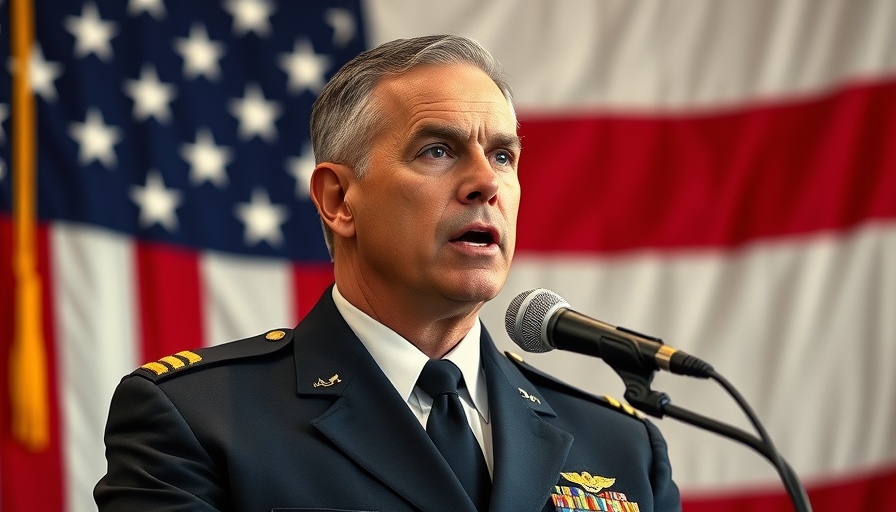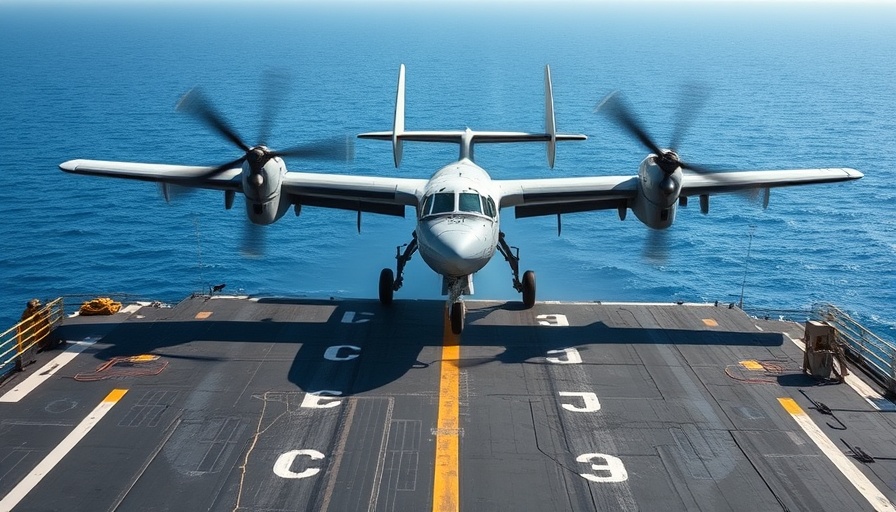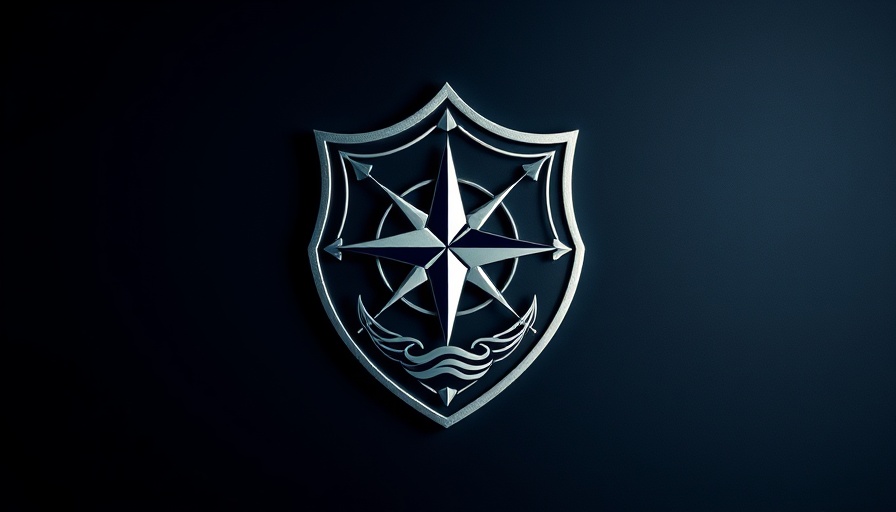
Revolutionizing Maritime Autonomy with Leidos’ Sea Dagger
On September 4, 2025, Leidos proudly unveiled its innovative design for the Sea Dagger, a next-generation Commando Insertion Craft (CIC) aimed at enhancing the United Kingdom's maritime autonomy capabilities. This revolutionary craft stands out by integrating speed, extensive range, and versatile modular mission systems, setting a new benchmark for the future of naval operations.
Designed for Agility in Modern Warfare
Sea Dagger emerges from the UK Commando Force (UKCF) program, with the ambitious goal of supplying a fleet of 24 medium surface insertion craft. These crafts are set to be pivotal for deploying Commando Strike teams, light tactical vehicles, and combat loads effectively from long distances. Capable of exceeding 40 knots, this craft is the result of a collaborative effort between Leidos’ naval architects, military experts, and the Royal Navy, symbolizing a united front against evolving maritime threats.
Key Features of Sea Dagger
The Sea Dagger boasts groundbreaking technology, combining more than 30 years of expertise in fast-craft design with trusted mission AI, autonomous systems, and integrated armaments. This innovative design emphasizes operational resilience, focusing on readiness and maintainability—essential traits for modern warfare scenarios where missions must be executed under duress.
Alignment with Strategic Defense Initiatives
The Sea Dagger aligns with significant initiatives such as the AUKUS Pillar 2 maritime autonomy objectives and the UK Strategic Defence Review aimed at enhancing the nation's warfighting readiness. The craft is designed not just for traditional combat but to provide a comprehensive response to the diverse challenges faced by special operations in coastal and shallow-water environments.
Advancing the UK Commando Force’s Capabilities
As stated by Adam Clarke, Senior Vice President of Leidos UK, “Sea Dagger represents a pivotal step in equipping the UK Commando Force with the capability to operate with greater agility, survivability, and intent.” This demonstrates Leidos’ commitment to delivering resilient platforms capable of adapting to complex maritime landscapes. With Sea Dagger, operators will be poised to respond rapidly to modern conflicts, thereby ensuring the UK's strategic capabilities remain robust.
Conclusion: Shaping the Future of Naval Operations
The unveiling of Sea Dagger showcases not only technological innovation but a clear commitment to enhancing national security through modernized maritime capabilities. As the world faces increasingly sophisticated threats, platforms like Sea Dagger become essential tools in the arsenal of the UK Commando Force, preparing them to confront contemporary challenges head-on. As these advancements come to fruition, they will undoubtedly inspire confidence and bolster maritime operational readiness for years to come.
 Add Row
Add Row  Add
Add 




Write A Comment